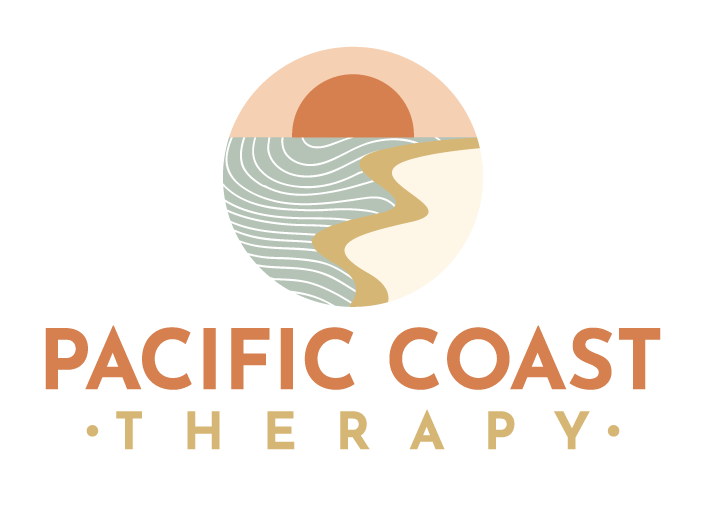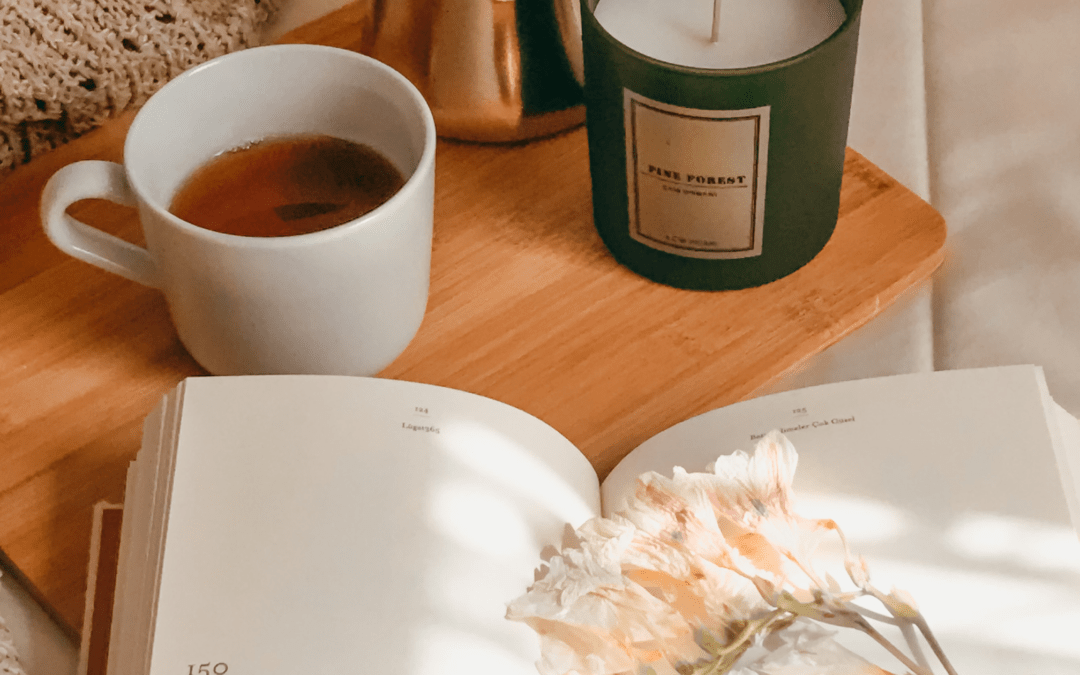To resume our deep dive into some of our favorite distress tolerance skills, this month we will provide a refresher on some of our breathing techniques and progressive muscle relaxation. These distress tolerance skills can be a bit more difficult to use correctly when we are at a very heightened level of emotional disturbance. Many of our therapists coach their clients to use paced breathing and/or progressive muscle relaxation when they are noticing their anxiety, anger, panic, sadness, etc. is either rising to a heightened state OR after using a temperature or intense exercise skill.
The Paced Breathing Skill:
This skill works by stabilizing your breathing pattern so that you have approximately five or six breaths per minute. Paced breathing focuses on controlled and intentional breathing patterns to activate the parasympathetic nervous system, also known as the “rest-and-digest” response. So, our goal when engaging in paced breathing is to activate a relaxation response in our bodies. When using deep and mindful breathing, especially focusing on extending the exhale, it stimulates the vagus nerve, which triggers the relaxation response in the body. This can lower heart rate, reduce blood pressure, decrease cortisol levels, and promote overall calmness.
One of the easiest ways to attempt this skill is by breathing in deeply through your nose for about five seconds. Then, hold your breath in your belly for about six seconds. Finally, release the breath out of your mouth for about seven or eight seconds. Repeat this pattern for about 2-5 minutes. For individuals who may need a modification for this skill, try reducing the number of seconds to three in, four holding, and five or six out. You’ll know that this skill has been effective when your breathing and heart rate regulate and you are able to focus on a distracting activity or something else you were working on.
These skills can be applicable to people of all ages!
When trying to use this skill with the kiddo, perhaps a way you might make this technique more fun would be to help them with the counts by tracing their fingers. With one hand they would hold up five fingers and with the pointer finger on their other hand, they would trace up the thumb while inhaling, hold their breath on the top of their thumb, then exhale while tracing down their thumb. Then repeat this process for all five or ten fingers. This both helps them track their breathing and bring their attention to their body.
Another benefit of conscious, intentional breathing practices is that they help bring attention to the present moment. When individuals focus on their breath, their focus diverts from agitating thoughts or emotions and provides an anchor in the present. By actively letting go of distracting thoughts, this reduces stress and contributes to a sense of centeredness and clarity. If you are interested in making paced breathing more of a meditative practice, check out this link to calming music to have in the background while engaging in your breathing technique.
P is for Progressive Muscle Relaxation:
This skill also targets our parasympathetic nervous system by activating a sense of calmness and relaxation. If you’ve been to therapy before, you’ve probably heard the question, “Where do you feel the disturbance in your body?” This is because when we are in emotional distress, our bodies respond somatically with the symptoms we’ve talked about before (rapid heart rate, numbness or tingling in the limbs, hyperventilating or tightness in the chest, increased body temperature, shakiness, etc). When we undergo chronic stress or emotional disturbance, oftentimes our bodies will store this energy throughout the body in the form of muscle tension and/or feeling restless in the limbs. Progressive muscle relaxation is a technique that involves systematically tensing and relaxing different muscle groups to reduce physical tension in the body.
To complete this skill, pick a point in your body to begin.
Generally, starting at either the toes or the face is a good choice. Let’s say you begin at the toes. First, inhale through your nose and flex your toes as hard as you can. For about ten seconds, Hold your breath in your belly while still flexing your toes as hard as you can. Then for about five or six seconds, breathe out while slowly releasing the tension in your toes. Repeat this pattern as you make your way up your body. Key areas to address in the body while using this skill include toes, ankles, calves, thighs/quads, stomach, butt, shoulders, biceps, hands, chest, and face. For individuals who may need a modification for this skill, try not squeezing as hard as you can or squeezing for less time.
Progressive muscle relaxation is great for many reasons.
It’s an “invisible skill” because it requires zero materials and you can do it virtually anywhere without anyone realizing you are using a skill. If you prefer to do this skill in a more private space, you can easily use this as a mindfulness practice to bring more awareness to your body and learn where you store stress. It can also be quite effective for individuals who struggle with racing thoughts before bed. By bringing attention away from your thoughts and activating your parasympathetic nervous system, your body will feel more prepared for rest. If you try this skill at home, let us know where you store tension in your body!
Lets Connect


